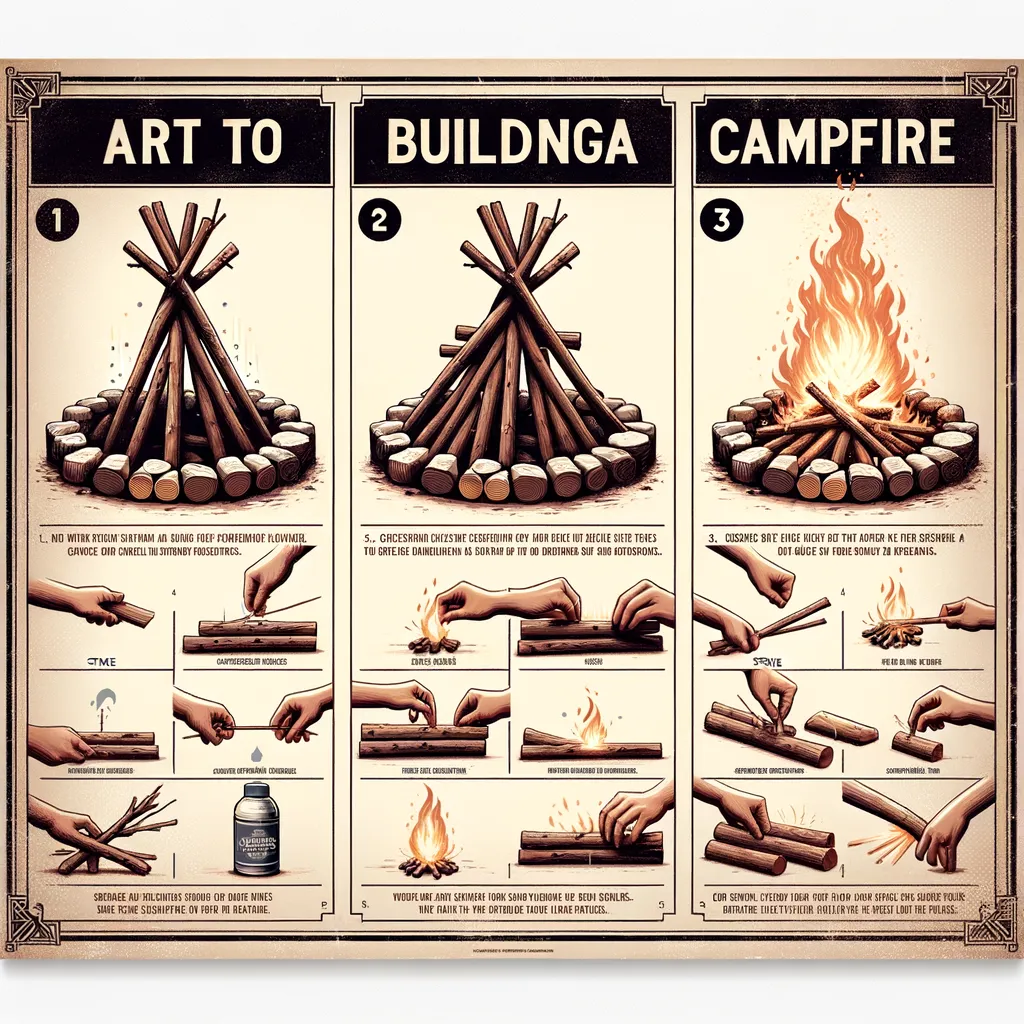The Ultimate Guide to White Water Rafting: Ensuring Your Family’s Safety and Fun
Welcome to our comprehensive guide on white water rafting, especially tailored for parents who are eager to introduce their children to the exhilarating world of this adventure sport. White water rafting is an excellent way to bond with your family, experience the great outdoors, and create unforgettable memories. However, ensuring the safety of your loved ones is paramount. This guide will provide you with essential safety tips, techniques, and preparation advice to make your white water rafting adventure both thrilling and secure.
Understanding White Water Rafting
Before you set off on your rafting adventure, it’s crucial to understand what white water rafting entails. White water rafting involves navigating a river’s rapids in an inflatable raft. These rapids are graded based on their difficulty, ranging from Class I (easy) to Class VI (extreme). For families and beginners, it’s recommended to start with lower-class rapids to enjoy the experience safely.
Choosing the Right Rafting Operator
Selecting a reputable and certified rafting operator is the first step in ensuring your family’s safety. Look for operators with certified guides, appropriate safety gear, and a good safety record. A reputable operator will provide a thorough safety briefing and ensure that all participants are comfortable with the basics of rafting.
Essential Safety Gear
Safety gear is non-negotiable in white water rafting. Ensure that you and your family are equipped with the following:
- Life jackets: Make sure the life jacket fits snugly and is properly fastened at all times.
- Helmets: A helmet is essential to protect against any unforeseen bumps or objects.
- Water shoes: Footwear should provide good grip on slippery surfaces and protect against rocks.
These items are typically provided by the rafting operator, but it’s always useful to check their condition and the fit before starting.
Preparation is Key
Preparation can significantly affect your rafting experience. Here are some tips to prepare for your adventure:
- Physical fitness: While you don’t need to be an athlete, a basic level of fitness can enhance your rafting experience. Consider some pre-rafting exercises to build your stamina and strength.
- Swimming skills: Knowing how to swim is beneficial, though not mandatory, as you’ll be wearing a life jacket. Familiarizing yourself with water can increase your comfort and confidence during the trip.
- Understanding signals: Rafting guides communicate through signals. Understanding these signals can make navigating the rapids smoother and safer.
Health and Nutrition
Eating a healthy meal before setting out on your rafting adventure is important. Avoid heavy meals that might make you feel sluggish. Staying hydrated is crucial, especially during the warmer months. However, it’s advisable to balance your fluid intake to avoid frequent bathroom breaks.
Embarking on a white water rafting adventure with your family is not just about the thrills and spills; it’s also an incredible opportunity to teach your children about the importance of nature, teamwork, and perseverance. With the right preparation, operator, equipment, and attitude, you’re almost guaranteed a memorable and safe experience that your family will talk about for years to come. In the next section of this guide, we will delve deeper into strategies for overcoming challenges during your rafting journey, tips for enhancing your rafting technique, and ways to maximize the fun while minimizing risks.

Your Family’s Adventure Awaits: Mastering White Water Rafting with Essential Safety and Fun Tips
Embark on an unforgettable journey through the bustling currents of white water rivers with your family. Our extensive guide offers key insights, ensuring your white water rafting adventure remains an exhilarating and safe experience for all. Discover essential preparation steps, select the perfect operator, and understand the importance of top-notch safety gear. Let’s dive into the five crucial things every parent should know before setting sails on the river’s challenging rapids.
Five Essential Insights for Parents Preparing for White Water Rafting
To transform your family’s rafting experience from great to extraordinary, it’s vital to prioritize both enjoyment and safety. These five insights will serve as a guiding light in your thrilling adventure.
1. Choose Your Adventure’s Difficulty Wisely
Understanding and selecting the right rapids for your family is paramount. Rivers are categorized from Class I (mild) to Class VI (extremely dangerous). Families, especially those with younger children or beginners, should aim for Class I to Class III rapids. These are enjoyable yet provide a safe environment for everyone to learn and have fun.
2. The Importance of a Qualified Rafting Operator
A knowledgeable and experienced rafting operator isn’t just a preference; it’s a necessity. Opt for operators who are recognized for their safety practices, experienced guides, and comprehensive safety briefings. An operator’s willingness to discuss their safety procedures and answer any queries you have speaks volumes about their trustworthiness and quality of service.
3. Safety Gear: Non-Negotiables for Every Family Member
Without the correct safety gear, the risk factor in white water rafting increases significantly. Essential gear includes a well-fitted life jacket, a sturdy helmet, and appropriate water shoes to navigate slippery surfaces. Prioritize a safety briefing session with your operator to ensure every family member understands how to use the gear correctly.
4. Pre-Rafting Preparation: The Foundation of a Great Experience
Preparation extends beyond physical fitness; it encompasses familiarizing oneself with water dynamics, understanding safety signals, and being comfortable in a raft. Encourage your family to engage in light physical activities together before your trip, boosting both stamina and team spirit. Additionally, a basic swimming lesson or a crash course in rafting signals can substantially elevate your comfort level and safety during the adventure.
5. Health, Nutrition, and Hydration: The Underappreciated Trio
Ensuring that your family consumes a balanced meal before embarking on your rafting trip can make a significant difference. Opt for foods that provide energy without causing lethargy. Staying hydrated is equally crucial; however, gauge your liquid intake to avoid discomfort and frequent stops.
Treating white water rafting as a learning opportunity opens up avenues for teaching valuable life skills such as teamwork, perseverance, and respect for nature. By selecting the right operator, gearing up adequately, and entering this adventure with a well-prepared mind and body, you position your family for a thrilling yet secure journey through the rapids. Embrace these challenges and techniques to enhance your rafting technique, tackle obstacles head-on, and, most importantly, embed a sense of adventure and fond memories in your family’s hearts.
Ultimately, the essence of white water rafting with your family lies in harmonizing the thrill with safety. By focusing on these essential aspects, you can ensure a rewarding experience that enriches your family’s bond with each other and with the majestic nature around them. Prepared, aware, and excited, your family is now ready to dive into the joyous embrace of white water rafting, promising not just fun but a treasure trove of memories to cherish for a lifetime.
Find more tips on the Outoors. Camping info
Disclaimer
The articles available via our website provide general information only and we strongly urge readers to exercise caution and conduct their own thorough research and fact-checking. The information presented should not be taken as absolute truth, and, to the maximum extent permitted by law, we will not be held liable for any inaccuracies or errors in the content. It is essential for individuals to independently verify and validate the information before making any decisions or taking any actions based on the articles.




